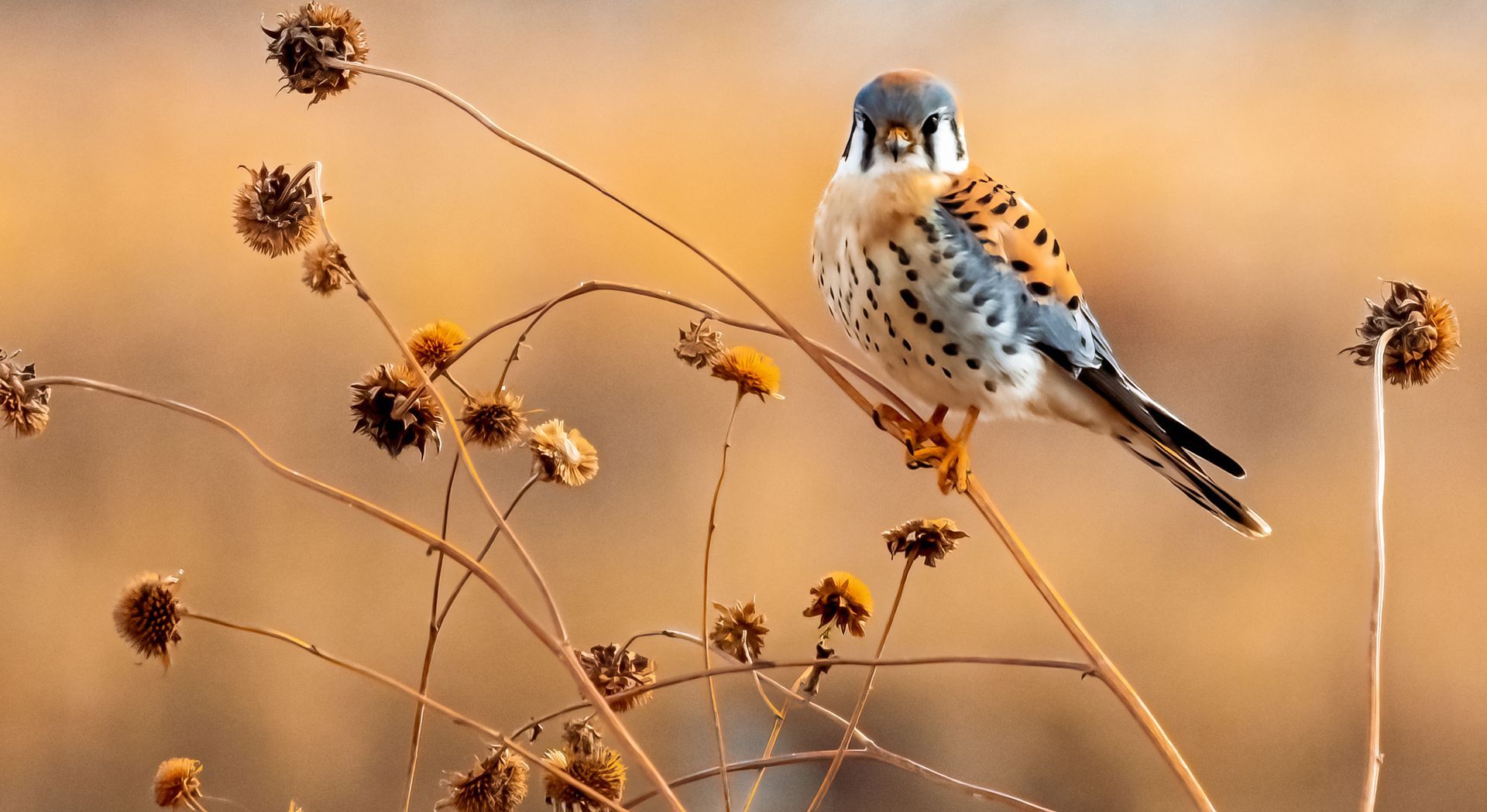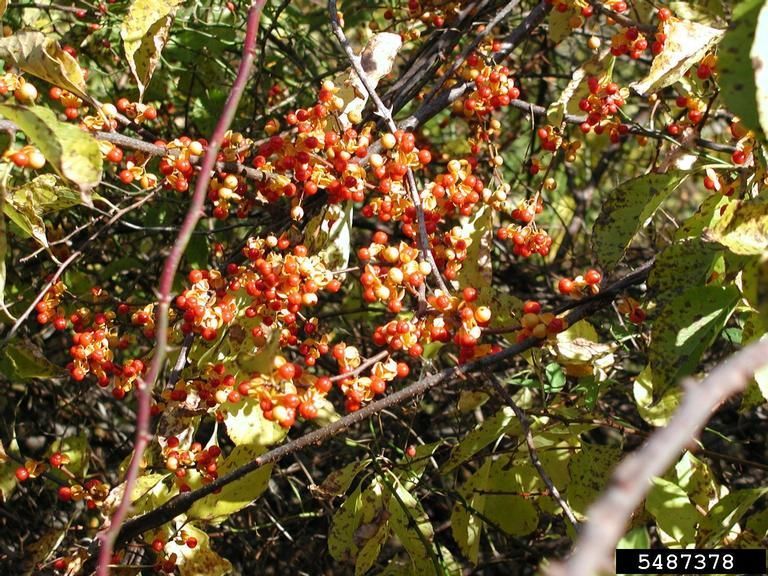eNRC 2.0, Deer Regulations
Written by Charlie Booher, MUCC Policy Intern
The Natural Resources Commission (NRC) is slated to take up deer regulations and small game and upland bird rules at the May meeting.
The meeting will take place virtually on May 14, and a full agenda for the day can be found here . The Department of Natural Resources (MDNR) provided the following statement in response to this change in format:
In response to the COVID-19 emergency, the May meeting will be held in an online format with the opportunity for the public to view the meeting and participate by telephone.
If you would like to offer testimony at the meeting, please send an email to NRC@michigan.gov or call 517-284-5808 and you will receive a link to the meeting and a code to enter. To view the meeting live, use this link .
Meetings will begin with a convening of the NRC Committee of the Whole at 9:00 a.m. and a report from MDNR Director Dan Eichinger. Commissioners will then be briefed by MDNR Fisheries Chief Jim Dexter and acting Wildlife Chief Dan Kennedy. Dexter is slated to discuss muskellunge biology in the Antrim Chain, as well as summarize the 2019 online musky angler surveys. Kennedy, joined by staff from MDNR Wildlife Division, will brief the commission on deer regulations and on the enforcement of the 2019 deer hunting bait ban.
For Information
The Deer Regulations Wildlife Conservation Order Amendment No. 6 includes a number of changes to the status quo. MDNR staff are recommending changes ranging from requiring hunter orange on the outside of blinds to removing antler point restrictions for young hunters (under 16 years of age). MDNR staff and NRC Commissioners have made it a goal to simplify regulations for hunters, while also sufficiently protecting and maintaining the deer resources of Michigan.
The department is recommending a requirement of hunter orange on ground blinds for both private and public land. A 2014 MUCC member-passed resolution (passed by a two-thirds majority) helped to spur this recommendation and our staff worked directly with MDNR to implement this change. If passed, it would require having hunter orange of at least 144 square inches visible on a ground blind in all directions during any deer season in which a hunter is already required to be wearing hunter orange.
There is also a potential change in the rules of use for regular and combination deer licenses in the Lower Peninsula. The recommended changes would allow antlerless deer to be taken on deer license and deer combination license during firearm and muzzleloader seasons in the entire Lower Peninsula, as the rules currently provide for archery hunters. This would also apply to archery hunters in the Upper Peninsula (but not firearm hunters), who would be able to harvest an antlerless deer with a deer license or deer combination license under this provision. This change was explicitly passed by a two-thirds majority vote of members in a resolution titled “ Expanding Hunting Opportunity While Managing For A Balanced Deer Herd ” in 2019. These license changes would also be valid during early or late antlerless seasons. MDNR staff are also recommending a clarification of season-long purchase limits for private land antlerless deer licenses, making this ten (10) statewide.
There are also a number of proposed changes related to antler point restrictions (APRs), including clarifying regulations for youth hunters (under 16 years old) and in the CWD management zone. Youth hunters would not be subject to APRs during the youth season or the regular firearm season under these new regulations. If this order passes, it would also resume 4-point APRs on the restricted tag of deer combination licenses in the CWD management zone (excluding Newaygo and Kent counties). If passed, the upper peninsula would also see a change with APRs being removed on the deer license in all of deer management unit (DMU) 122, rather than just a portion of the unit. The CWD zone could see some other changes, as well, including opening the muzzleloader season to all firearms in zone 3. A carcass transportation ban would also be instituted for the entire CWD zone.
There are also a number of changes to clarify season dates and permit quotas, based on goals for disease and population management. This order would establish statewide dates for muzzleloader and late antlerless firearm seasons, as well as provide for an expansion of early and late antlerless firearm seasons. Season changes would streamline regulations for hunters who may hunt in multiple zones or peninsulas. Antlerless quotas for the upper peninsula would increase in public land if the proposed order were to pass, increasing by a total of 120 across three DMUs.
The department is recommending opening the Liberty and Independence hunts to individuals who are deaf. This would result in a relatively small number of hunters now being eligible for the Liberty and Independence hunts. MDNR staff is also recommending an exemption to the baiting ban for hunters with disabilities eligible for these hunts.
MUCC staff is working hard to provide testimony on this wildlife conservation order based on our grassroots policy process. A number of our policy priorities have already been incorporated into the MDNR recommendations and we thank agency staff for working with us to see our member-passed resolutions make their way into regulations.
As a reminder, this item may not be adopted by the NRC unless brought up for action at the June meeting. It is likely that there will be another round of deer regulations later in the year.
For Action
Commissioners have a relatively short agenda for this meeting and will only take action on one wildlife conservation order.
The Small Game and Upland Game Bird Regulations Wildlife Conservation Order Amendment No. 5 of 2020 will be up for action before the NRC. The NRC was not going to address small game regulations in its five-year cycle, but some commissioners sought information from the Department on expanding the use of elevated platforms. The order now notes that most of the stakeholder interest focused on the use of small caliber firearms for the take of rabbits and squirrels and reflects these changes. This item was initiated in a 2010 MUCC member-passed resolution and we look forward to the NRC moving forward with these changes to expand hunter access.
For Action – Director
The director will likely rule on an invasive species order regarding the marbled crayfish. More information on this order can be found here . This was deferred from the April NRC meeting.
Director Eichinger will also likely sign an order extending the season for game bird hunting preserves , given their closures due to the ongoing COVID-19 crisis.
There are a number of land transactions before the director this month, including sales in Dickinson, Antrim and Alger counties. A full list of transactions can be found on the agenda here . It is expected that the director will approve all transactions listed on the agenda.
The NRC is scheduled to meet next on June 11, 2020 at Lansing Community College.
The post eNRC 2.0, Deer Regulations appeared first on Michigan United Conservation Clubs.



